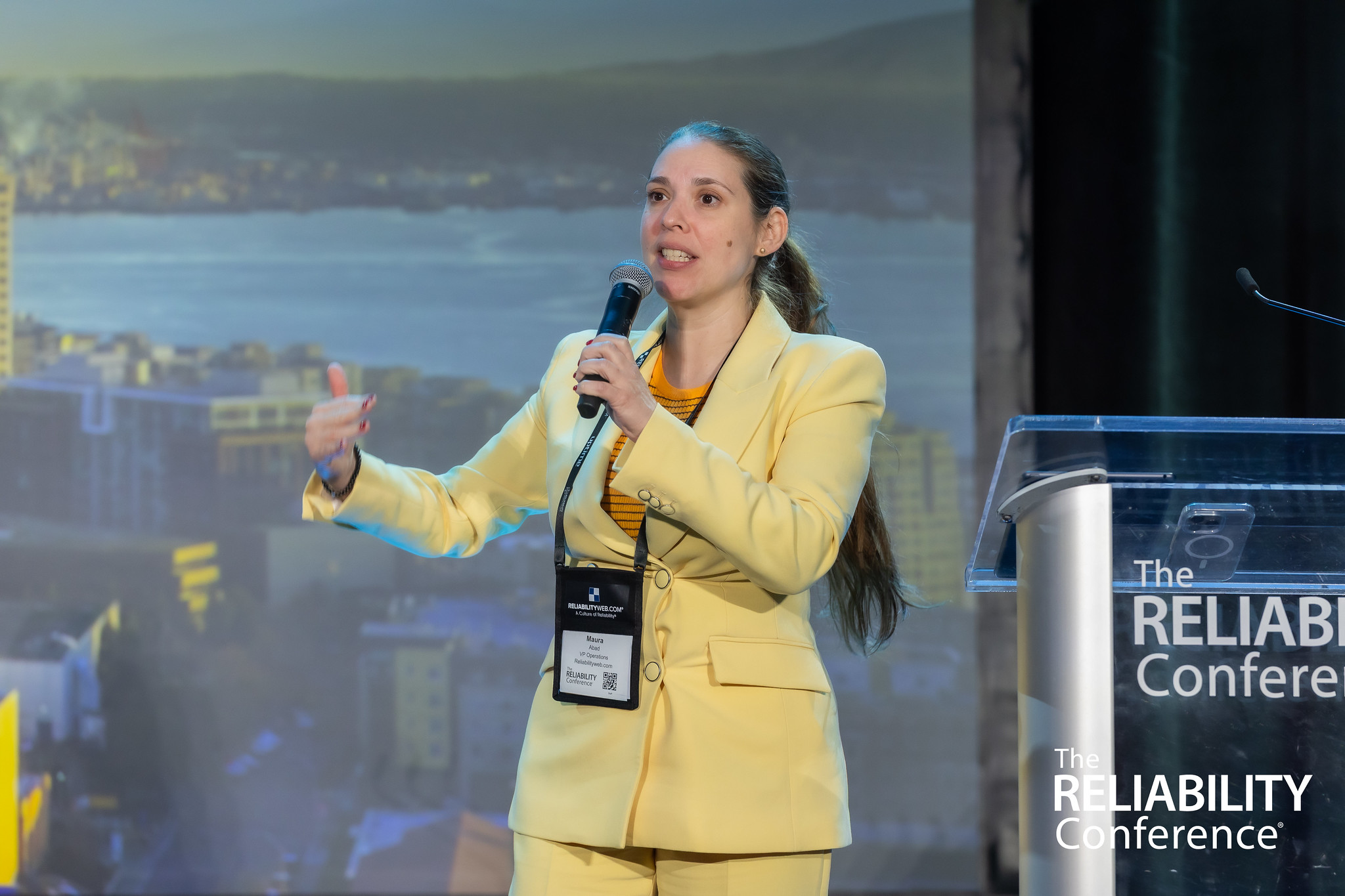Writers and poets are motivated by a deep passion: communication. However, in the industrial setting, using the management approach of the Uptime® Elements framework, it is also possible to understand why communication makes a difference in the quality of management and organizational results.
The Community and Connection element belongs to the new People and Culture at Work Domain and explains how the set of dynamics that foster cohesion and a sense of community can make employees feel more motivated to do their best and actively commit to the success of their company.
I have always been passionate about understanding people. Knowing what motivates them, how they see the world, and what connects them. This desire to understand and get to know my fellow human beings gave rise to my desire to communicate, to make myself understood, to share my message and my own vision of the world with others. That’s why I became multilingual, to have more resources for communicating and connecting with people.
When I started in the world of asset management more than 15 years ago, this intrinsic desire to communicate became one of the most valuable tools in my work. Over time, through the evolution of the Uptime® Elements Framework, I was able to gain a broader view of the impact of communication in all types of industries, a view that is summarized in the Community and Connection element of the People and Culture at Work Domain, recently added to the framework.
In this blog, I express my ideas not only as a poet and writer, but also as a manager, because I want to share my experience from all these years at Reliabilityweb.com and the Association of Asset Management Professionals through Women in Reliability and Asset Management (WIRAM), and I must say that in both organizations I have seen the importance of communicating assertively and connecting with people to achieve optimal results. I would like to share an analysis of this aspect from the perspective of Uptime® Elements.
Connecting people to achieve excellence
Everyone knows that an organization’s greatest asset is its people. People create culture, and culture creates results. It would be completely reckless to take a simplistic approach to this, because people are the lifeblood that brings results to the organization and enables it to meet its goals.
In principle, the workers in an organization will form a true community if cohesive dynamics produce this type of result. But building relationships takes time. Establishing a community responds to rhythms and dynamics related to mutual trust, identity, and the development of stronger and deeper relationships.
It is up to companies to create these “circumstances of closeness” among their workers, also considering employees who work online, or workers located in plants and facilities in other states or countries. But why is it important to create a community and a sense of connection among employees? Because it is the key to motivated employees, that Holy Grail that Reliability Leadership strives to inspire and maintain in its work teams.

In this regard, the Community and Connection element of the People and Culture at Work Domain states:
“Community and Connection are the intangible values that create bonds that allow tribal knowledge to grow and become institutional knowledge that can be acted upon.”
People and Culture at Work Domain Passport presents data from the Gallup Consulting Firm, according to which “uncommitted or actively disengaged employees (in the United States alone) account for $1.9 trillion in lost productivity.” This is how the impact of the intangible (a community, a spirit of belonging) can be seen in finances and operational performance.
Achieving this level of commitment (key to performance) requires communication and the creation of a sense of belonging that motivates workers to work toward the goals of the organization to which they belong. There are several initiatives that can be implemented, for example:
- Create Employee Resource Groups
- Support the formation of Hold Coffee Chats
- Take worker initiatives into account
All of this is done to foster a sense of community and support connection dynamics. And, perhaps most importantly, leaders must be able to make their employees feel that they are actively listening to them, that they care about them, and that communication is a vital step in resolving conflicts, moving forward, and growing professionally.
Connecting is essential to life, and this is no different within an organization or company. Workers and employees are much more than a “labor force”: they are a living organism, a large network of intelligence that requires communication and connection to create complex and efficient solutions.







